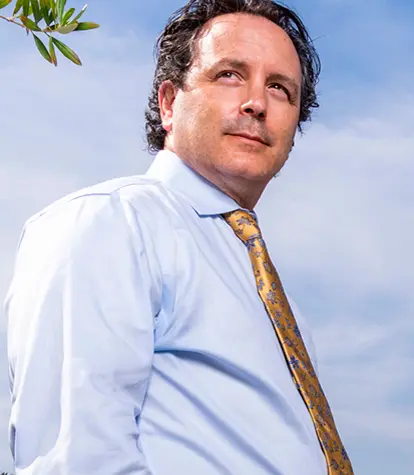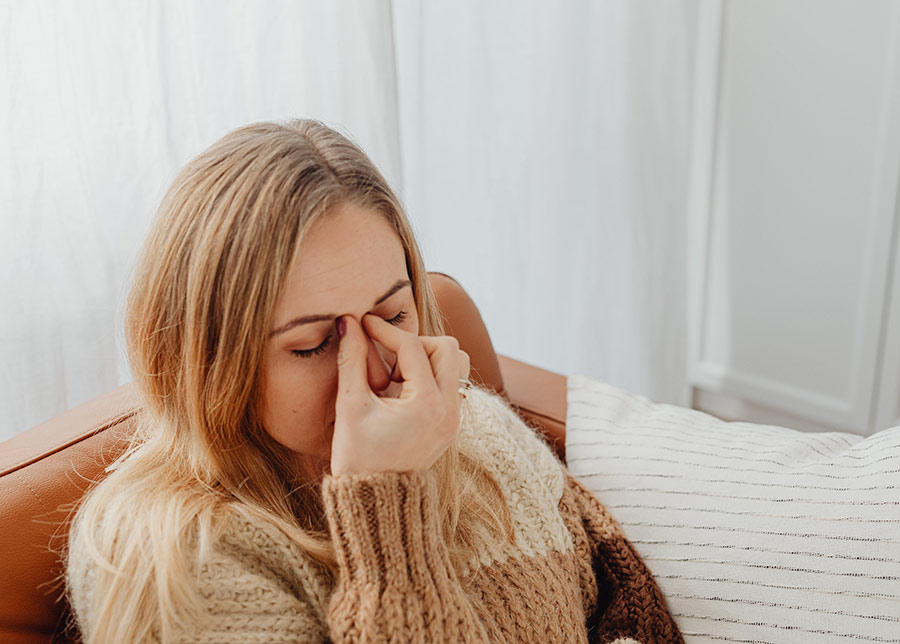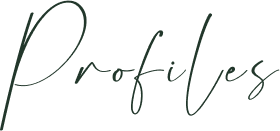

Posted by Dr. Litner and Dr. Solieman on January 20th, 2008
Like any surgery, Rhinoplasty is a little bit different for everybody. That’s why it is useful, and we encourage you, to talk to others who’ve had the procedure to get a sense of their experience. There are some common themes though, as far as recovery goes.
Whatever technique is used (see our Blog on Open vs. Closed Rhinoplasty), you can expect to have some dull aching and headache afterwards for a short time. In the absence of an infection or other problem, severe pain is very uncommon. Most of our patients may take some pain medication for the first day or two after surgery and then are usually feeling well enough to switch to Tylenol or other non-narcotic pain medication.
The most obvious and slightly annoying symptom after rhinoplasty is congestion. Because there is internal swelling in your nose, you will experience some congestion in the first few weeks afterwards until the swelling slowly subsides. This is usually at its worst in the first few days after surgery and then starts to get better. Some patients who had major breathing problems before surgery will notice an improvement immediately after surgery, even with all the swelling. Others may take some more time to start noticing the positive changes. Those of you who did not have breathing problems to begin with will probably notice this congestion more. It can sometimes interfere with sleep in the first few nights after surgery and so, a light sleep aid is often provided. It is helpful in the first weeks after rhinoplasty to avoid dry environments and nasal irritants, and to use a saline (salt water) spray and some ointment in your nose several times a day as necessary to help with dryness and crusting. But, you should avoid blowing your nose until your doctor says it’s OK to do so.
Swelling and bruising on the outside of your nose and cheeks is seen after surgery as well. This can sometimes be severe and sometimes almost non-existent, but usually falls somewhere in the middle of those extremes. The extent of bruising and swelling depends on your body, on what was done, and on how carefully your tissues were handled. If it was necessary to fracture your nasal bones to move them inwards, your chances for bruising are a little higher. Even in the worst cases, bruising is usually mostly gone by 7 days or so after surgery. Your doctor may advise some remedies or herbal medication to help with bruising, but don’t take anything without first consulting him or her.
Most patients plan to take about a week from work and other major activities. You will usually have a cast on your nose and you may have some stitches that need to be removed. This is all usually done about 5 to 7 days after surgery. While you’re probably going to feel well enough to work after a few days, you may not want to be seen with the cast on. Some patients work from home and other brave souls throw caution to the wind and just go in to work with the cast and all. Once the cast is removed, you will look presentable within 1 to 2 weeks after surgery, although it may be on the longer side of that for a revision procedure. You wouldn’t want to have your wedding the next week, but your friends and colleagues shouldn’t be aware of anything. You can wash your face gently and put on a little cover-up makeup or foundation after one week.
By 2 to 3 weeks after surgery, 70 to 80% of the swelling is gone, so you’ll be starting to appreciate some changes. You won’t really see more of the details, though, until about 6 weeks after surgery when 85 to 90% of the swelling has gone down. While you’ll be looking pretty good at 2 weeks, you might still feel a little self-conscious. That’s because your nose (especially your tip) will feel a little (or sometimes a lot) numb after surgery, no matter what technique was used. It can take anywhere from several weeks to 6 or more months for the feeling to return completely. For the first 6 weeks or so, your nose just won’t feel like your own. Things like smiling and animated talking will feel strange. You’ll feel the odd strange pulling or twinge of pain if you make a wrong move like rubbing, bumping your nose gently, or rolling over onto your nose. These are unfriendly reminders that you’ve had surgery, but they are all normal and expected parts of the recovery.
Many patients are very afraid that they will do something to harm their result. While it’s true that a major bump in the nose can cause unwanted healing problems, there aren’t too many things you can do to really harm the result, so don’t be too gun-shy about touching your nose. There are some things you can do, however, to speed up healing and get you back into camera-ready shape more quickly. First is to listen to your doctor and follow all the instructions to the letter. They are usually there for a reason. You will probably receive a list of medications and supplements to avoid before and after surgery, and you should follow this advice to avoid unnecessary anaesthetic problems, bleeding and swelling. Keep your head up after surgery. Keep some cool compresses over your eyes and cheeks in the first 48 hours. For a few weeks, avoid bending, lifting anything over a few pounds, exercise, or anything that gets your blood pressure up. This can increase swelling and cause bleeding. Get a lot of sleep. Get outside and take some light walks. Eat well. Stay attuned to your body and alert your surgeon if your healing seems to be different than expected. In the first weeks, things will not look perfect, so try to avoid staring in the mirror or over-analyzing small changes.
Some other symptoms are common in the months after surgery. Your nose may run more easily, especially when irritated. Nasal allergies can be better or worse for a time. Your nose will tend to swell up a little when you exercise or do anything exertional. The skin over your nose can break out more easily and can be more sensitive to sunburn. While all of these things are irritating, they do get better and your nose will return to a more normal state after the inflammation settles fully. It’s important to remember that with each subsequent revision surgery, this entire process of recovery is slowed down somewhat. So, it’s not uncommon to take up to 2 years or more to see some of the changes you seek if you’ve had a revision procedure.
Noone will tell you that recovery was fun. But, most Rhinoplasty patients will tell you that it was very bearable when they knew what to expect. It is the path you have to walk to get to where you want to be. And, hopefully, your surgical team can help make it a little easier for you.

A bulbous nasal tip is one of the most common reasons for patients to seek rhinoplasty. A bulbous tip, often called a boxy tip,...

You often hear that it can take a year or longer after a nose job before you'll see the final result. Many of you may be...

We are often asked how long it takes to heal after a nose job. Patients are suitably concerned about when they can show up back...

ASK US ANY QUESTION

Sign Up For Our Newsletter
to Receive Special Offers!